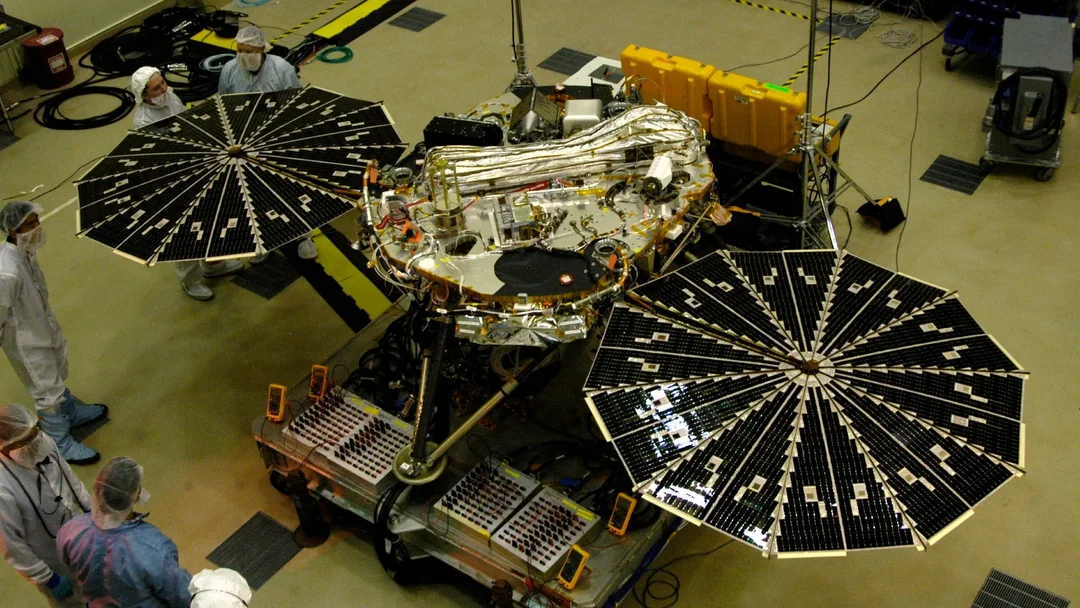
NASA’s Unexpected Discovery: ‘Extreme’ Bacteria Found in Spacecraft Clean Room Could Revolutionize Biotech
In a surprising twist, NASA scientists have stumbled upon 26 previously unknown species of bacteria within the supposedly sterile environment of the Jet Propulsion Laboratory (JPL) clean room. This discovery, where the Phoenix spacecraft was assembled in 2007, is challenging our understanding of cleanliness in space exploration and opening exciting new doors for biotechnology and medicine.
The unexpected finding emerged from an analysis of 215 bacterial strains gathered from the JPL lab, as detailed in the journal Microbiome. These weren't just any microbes; 53 strains represented 26 species unknown to science. Even more intriguing, some had existed in the clean room before the Phoenix spacecraft's arrival, while others appeared during assembly and testing.

These clean rooms are designed to prevent microbial contamination that could jeopardize space missions. Temperature, humidity, and airflow are meticulously controlled. However, these bacteria not only survived but thrived, adapting to harsh disinfection protocols, deadly chemicals, and radiation exposure. Microbiologist Alexandre Rosado warns that such resilient organisms “could threaten space missions by contaminating other planets.” This raises a significant question: if Earth-based lifeforms persist in sterilized labs, what does this signify for life-detection missions?
What makes these microbes extraordinary is their resemblance to extremophiles, organisms thriving in Earth's most hostile environments. They possess advanced DNA repair capabilities, accelerated metabolic rates, and the ability to neutralize toxins – mechanisms allowing them to endure conditions lethal to most life forms.
Doctoral student Junia Schultz from KAUST (King Abdullah University of Science and Technology), highlighted that these bacteria are “true survivalists” and emphasized their potential applications in various fields. Indeed, the implications extend beyond planetary protection.
The genes enabling these bacteria to resist chemicals and radiation could prove invaluable in developing new pharmaceuticals, including antibiotics or treatments needed to function under extreme biological stress. The food industry could improve preservation technologies by extending shelf life without synthetic additives. Biotechnologists might harness their unique biochemical properties to develop new materials or industrial processes.
NASA is already taking steps to review and strengthen its clean room standards to prevent potential bio-contamination during future missions. In the meantime, a major question remains: Could these bacteria survive on Mars or other celestial bodies?

The durability of these species raises new ethical and scientific considerations regarding planetary protection. These robust survival mechanisms could unintentionally compromise future experiments searching for life elsewhere in the solar system by mimicking extraterrestrial life or even outcompeting native organisms.
This research aligns with a growing body of knowledge on how microorganisms adapt to space-like environments. It prompts us to reconsider sterilization protocols and the potential impact of Earth-based life on other planets.
Are we on the cusp of a biotech revolution driven by space exploration's accidental discoveries? Share your thoughts and theories in the comments below!